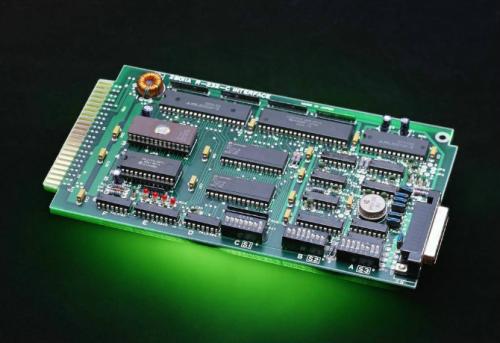In order to ensure the appearance and quality of the circuit board, the PCB assembly on the surface of the circuit board has extremely high requirements for flatness. High flatness, thin lines, and high precision require strict surface defects on the circuit board substrate, especially the substrate flatness More strictly, the warpage of SMB is required to be controlled within 0.5%, while the warpage of non-SMB printed circuit boards is generally required to be 1% to 1.5%. At the same time, SMB also has higher flatness requirements for the metal plating on the pad.

When tin-lead alloy is electroplated on the pad of the printed circuit board, due to the effect of surface tension after the tin-lead combination is financialized during the hot-melt process, it is generally an arc-shaped surface, which is not conducive to SMD accurate positioning placement; vertical hot air leveling coating For the printed circuit board of solder, due to the effect of gravity, the lower part of the general pad is more convex than the upper part, which is not flat enough, and it is not conducive to mounting SMD. The time is longer than the upper part, and it is easy to warp, so SMB should not use hot-melt tin-lead alloy coating and vertical hot air leveling solder coating, which requires horizontal hot air leveling technology, gold plating process or preheating flux Coating process.
In addition, the solder mask pattern on the SMB also requires high precision. The commonly used screen printing solder mask pattern method has been difficult to meet the high precision requirements, so most of the solder mask patterns on SMB use liquid photosensitive solder resist. Because SMD can be assembled on both sides of the SMB, SMB also requires solder mask graphics and marking symbols to be printed on both sides of the board. Moreover, with the reduction in the volume of electronic products and the increase in assembly density, single-sided circuit boards or double-sided circuit boards have been difficult to meet the requirements, so multi-layer wiring is required. Generally, today's SMBs are mostly 4-6 layers, the most Up to about 100 floors. In summary, compared with SMB and PCB, whether it is the choice of substrate or SMB's own manufacturing process, its requirements far exceed the PCB.
Copyright © 2025 A-TECH CIRCUITS Co., Ltd. | All Rights Reserved
Hello, please leave your name and email here before chat online so that we won't miss your message and contact you smoothly.